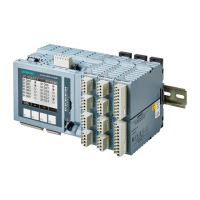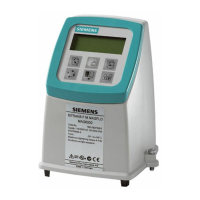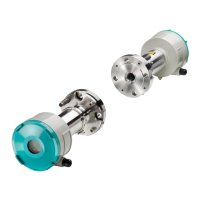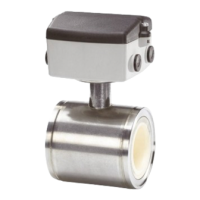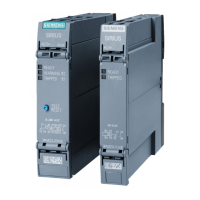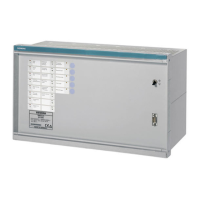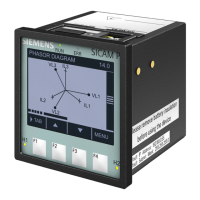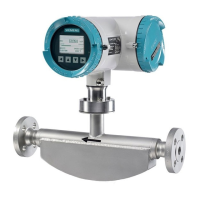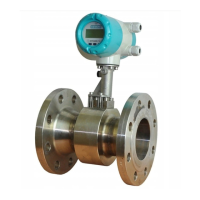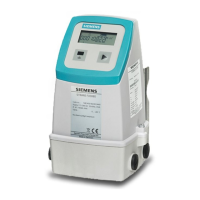Functions
6.7 [2.08] Settings > Calibrations
Operating with the Local User Interface
Operating Manual, 06/2017, A5E31930478-05
131
[2.08.4] AutoCal/AutoVal 1 and [2.08.5] AutoCal/AutoVal 2
6.7.6.1
Overview of AutoCal/AutoVal
Application options
An AutoCal or AutoVal sequence is a process that is executed manually or cyclically with
steps that consist of up to 18 calibration pool entries. AutoCal sequences are combined from
calibrations, and AutoVal sequences from validations. Parameters can be assigned for these
steps according to the user's requirements.
SIPROCESS GA700 devices give you the option to set up two AutoCal-/AutoVal sequences.
This yields many possible combinations, which you can set up independent of the
application:
Table 6- 14 Examples of AutoCal/AutoVal sequences
1 AutoCal and 1 AutoVal
1)
Two sequences are set up. The calibration pool entries of one
sequence are either for calibration or validation.
2 AutoCal
1)
Two sequences are set up. The calibration pool entries of one
sequence are for the calibration of the component(s) of a module.
Two sequences are set up. The calibration pool entries of one
sequence are for the calibration of components of both modules.
AutoCal 1 is used for zero gas calibration and AutoCal 2 for span
1 AutoCal or 1 AutoVal
Only one sequence is set up. The user assigns the calibration pool
entries.
An AutoCal 2 sequence process can also be assigned as a sequence step of AutoCal 1. This is
the only way in which you can combine up to 36 calibration pool entries with each other.
Note
Differences between LUI and PDM
With SIMATIC PDM you
cannot start an AutoCal sequence manually or display its progress.
You also cannot cancel the sequence. You have to use the Local User Interface (LUI) of the
analyzer for this purpose.
An AutoCal/AutoVal can be configured completely in SIMATIC
PDM. You can also read out
the time remaining until the execution of a cyclic AutoCal process.
An AutoCal can be started in one of three ways: manually, based on a time trigger, or via a
digital input. When an AutoCal is started, the device first interprets the assigned steps.
If an analyzer module aborts a single calibration due to an error, the AutoCal process is
aborted for the entire device and a corresponding error message is output.
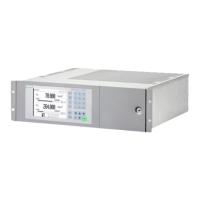
